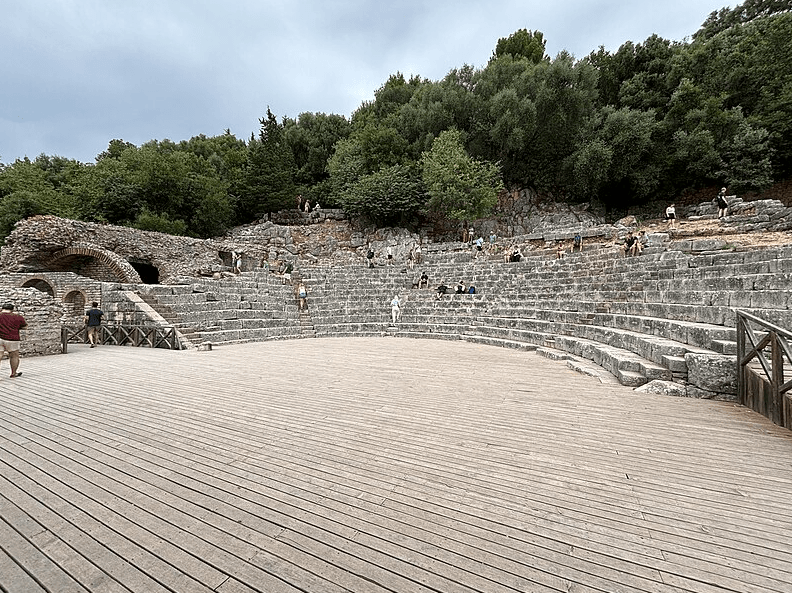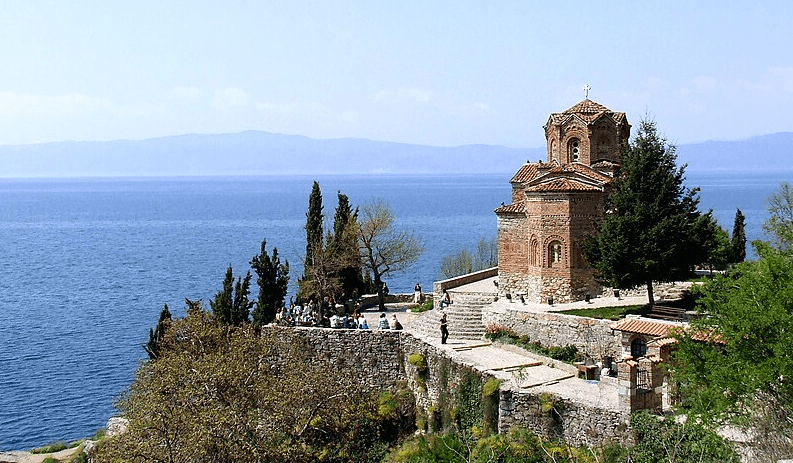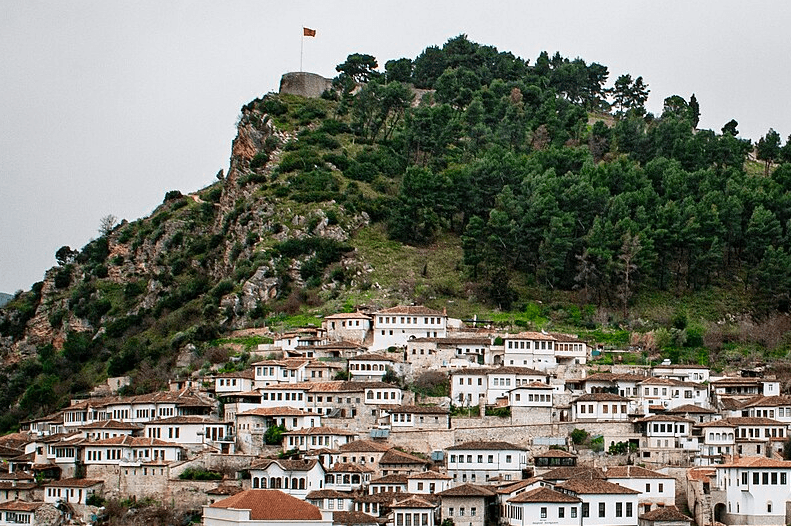Travel always brings surprises. Some places stay with people long after they leave. Albania is one of those places. It may not get as much attention as its neighbors, but those who visit often find themselves drawn into its past and its raw beauty. For anyone curious about the World Heritage Sites in Albania, there is much to see and even more to feel.
These UNESCO Sites in Albania tell stories that stretch back thousands of years. The Cultural Heritage of Albania reflects empires, faiths, and everyday life from the ancient world to modern times. The journey through these places is not just about ruins and relics. It’s about seeing how people lived, how they fought to protect their homes, and how nature became part of their daily life.
Butrint

Butrint sits near Albania’s southern coast. Today, it’s quiet, but the ground holds the echoes of its past. The Ancient Site of Butrint saw Greeks, Romans, and Byzantines all leave their mark. Their footprints remain in the stone walls, temples, and theaters scattered across the site.
Visitors often begin their walk near the ancient theater. Stone seats circle the stage, where actors once performed for crowds centuries ago. The silence now feels heavy, but it doesn’t take much to see the crowd, hear the applause, and feel the life that once filled this place. This is what makes Albania Archaeological Expeditions so powerful; they bring the past to the present.
Natural and Cultural Heritage of the Ohrid Region

The first sight of Lake Ohrid Albania often stops travelers in their tracks. Its water is so clear that the pebbles below seem within reach. Birds skim the surface while fishermen pull up nets, their routines unchanged for generations.
Along the shore, the small village of Lin holds more than just lakeside homes. Beneath its soil lie the remains of an early Christian church from the 6th century. Further around the lake, in the town of Ohrid, the past feels even closer. St. Pantelejmon monastery stands proudly, holding onto Byzantine icons that date back nearly a thousand years. Lake Ohrid is not just known for its beauty. Scientists speak of the lake as a treasure chest of life. Some fish and plants here exist nowhere else.
Historic Centres of Berat and Gjirokastra

Berat and Gjirokastra Albania look like they were carved from the earth itself. Their stone houses and cobbled streets do not feel polished; they feel lived in. People still hang laundry from wooden balconies, while children chase each other through alleys that have seen centuries of footsteps.
In Berat, the castle stands above everything. Locals call it the Kala. Its walls have watched over the town since the 13th century, though its roots dig even deeper into the 4th century BC. Inside, small Byzantine churches still hold services. Their walls are covered with frescoes that speak of faith, struggle, and hope. Visitors often find themselves sitting quietly here, taking it all in.
Gjirokastra Albania tells a different story. It is often called the “stone city” because its houses have stone roofs and walls that seem to defy time. Walking through its streets feels like stepping into the Ottoman period. A castle crowns the town, its thick walls hiding tales of war and resistance. The bazaar below still hums with life; shopkeepers selling handwoven rugs and copperware made the same way their ancestors did.
Ancient and Primeval Beech Forests
While Albania’s cities speak through stone, its forests speak through silence. The beech forests, part of a larger European heritage site, cover the slopes like a green sea. These trees are not ordinary. They are part of the Natural Heritage of Albania and have stood here since the Ice Age.
Walking under their branches feels like stepping into another world. Light filters through leaves, creating patterns on the forest floor. The air smells of damp earth and moss. Birds call from the trees, while small animals dart between roots.
Want to dive into more ancient wonders? Click here and explore UNESCO sites across the globe!

Leave a Reply